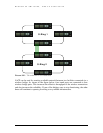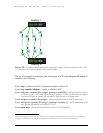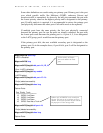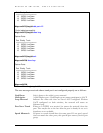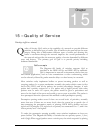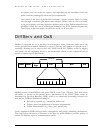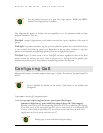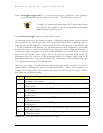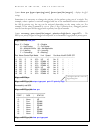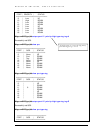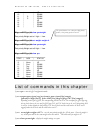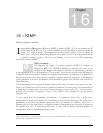
MAGNUM 6K SWITCHES, MNS-6K USER GUIDE
IP Precedence
IP Precedence utilizes the three precedence bits in the IPv4 header's Type of Service (ToS)
field to specify class of service for each packet. You can partition traffic in up to eight classes
of service using IP precedence. The queuing technologies throughout the network can then
use this signal to provide the appropriate expedited handling.
FIGURE 110 - IP Precedence ToS Field in an IP Packet Header
Data +FCS
3 bits
ToS byte
IP precedence
Data +FCS
3 bits
ToS byte
IP precedence
The 3 most significant bits (correlating to binary settings 32, 64, and 128) of the Type of
Service (ToS) field in the IP header constitute the bits used for IP precedence. These bits are
used to provide a priority from 0 to 7 for the IP packet.
Because only 3 bits of the ToS byte are used for IP precedence, you need to differentiate
these bits from the rest of the ToS byte.
The Magnum 6K family of switches has the capability to provide QoS at Layer 2. At Layer 2,
the frame uses Type of Service (ToS) as specified in IEEE 802.1p . ToS uses 3 bits, just like
IP precedence, and maps well from Layer 2 to layer 3, and vice versa.
The switches have the capability to differentiate frames based on ToS settings. With two
queues present - high or low priority queues or buffers in Magnum 6K family of switches,
frames can be placed in either queue and serviced via the weight set on all ports. This
placement of queues, added to the weight set plus the particular tag setting on a packet
allows each queue to have different service levels.
Magnum QoS implementations provide mapping of ToS (or IP precedence) to Class of
Service (CoS). A CoS setting in an Ethernet Frame is mapped to the ToS byte of the IP
packet, and vice versa. A ToS level of 1 equals a CoS level of 1. This provides end-to-end
priority for the traffic flow when Magnum 6K family of switches are deployed in the
network.
188



